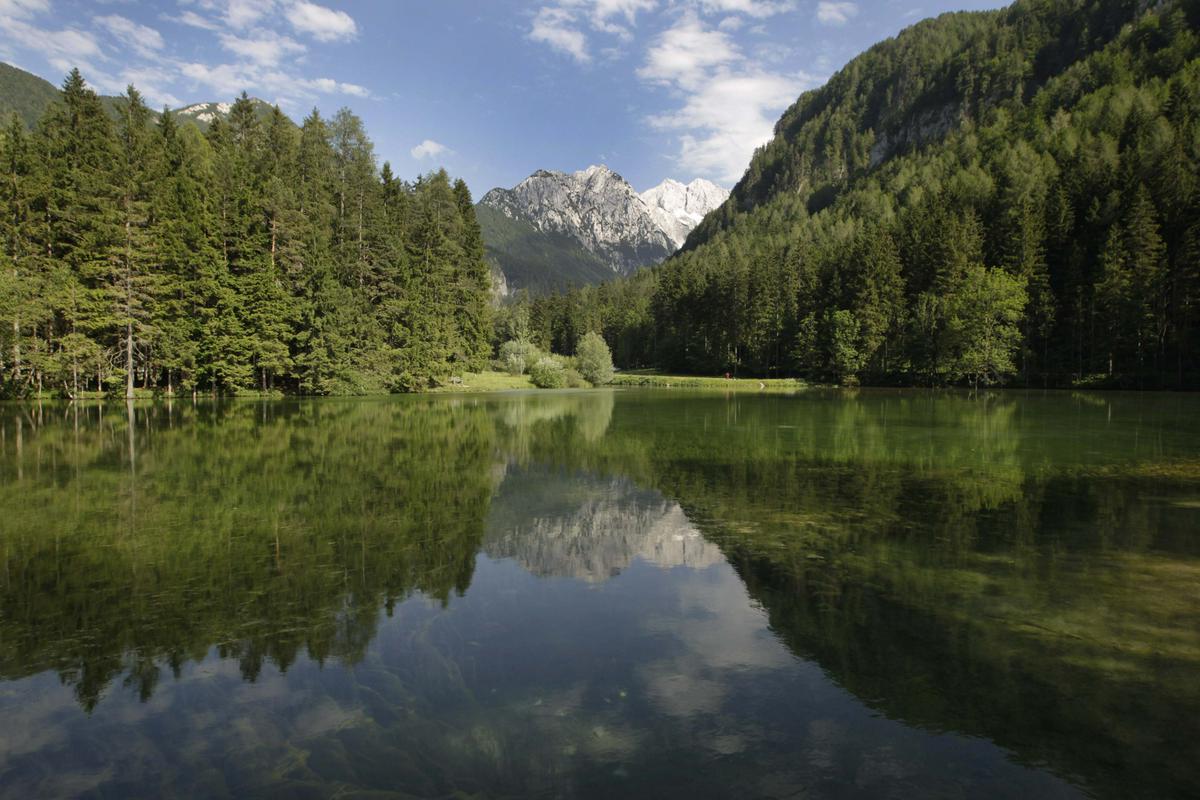
The Jenko Barracks, built of stone and featuring a traditional shingle roof, occupies a prominent position above the village, under a mountain pass near the border with Austria. The location is not a coincidence. The structure, which was built in the 16th century in the Renaissance style of the time, had long served as an inn for travelers and merchants who made the arduous journey between the Austrian provinces of Carniola and Carinthia; the border between the two lay just outside Jezersko. One of the rooms still contains signatures and messages of travelers who stayed in the building in the 16th century; the messages were discovered by chance after a fire in the 1960s.
The name Jenko came from a nearby farm, but the building didn’t become a barracks until the early 19th century. That’s when Napoleon’s troops invaded Austria and created the French-ruled Illyrian Provinces with their capital in Ljubljana. Suddenly, Jezersko found itself on the newly created border between France and Austria, and according to local lore, the building was used by Napoleon’s troops, while Austrian soldiers were stationed nearby.
Mercifully for Austria, the Illyrian Provinces were short-lived, and Napoleon was eventually defeated. In the modern era, the building lost its original significance. These days, it houses an extensive ethnographic collection, introducing visitors to life high in the Slovenian mountains – a place where, despite the occasional intrusions of outsiders, old traditions have been preserved for generations.


































































